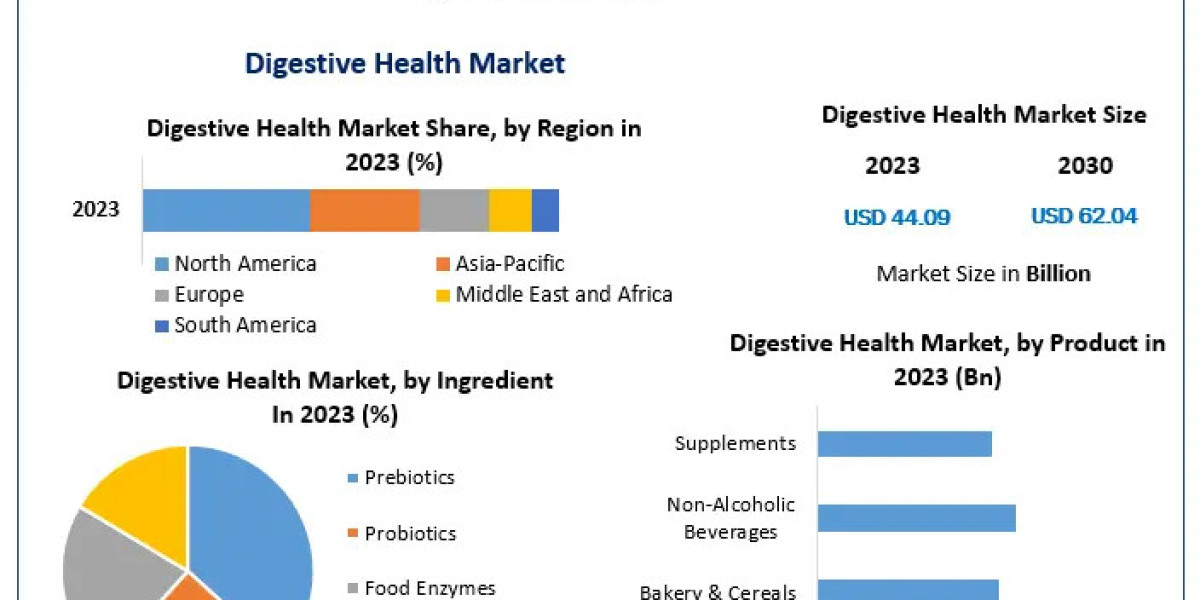What is Tokenless Verification via Behavioral Data?
When you log in to your favorite app or website, you are usually asked to enter a username and password. Sometimes, you might need to confirm your identity with a code sent to your phone or email. This process is called token-based verification, where you rely on something (a token) to prove that you are who you say you are. But what if there was a way to verify your identity without needing any extra tokens or codes? This is where tokenless verification comes in. In this blog, we’ll dive into the concept of tokenless verification via behavioral data, how it works, and why it’s becoming a game-changer in security and user experience.
What is Tokenless Verification?
Tokenless verification is a method of confirming your identity without needing to enter a password, PIN, or code. Instead of relying on tokens like traditional passwords or one-time passcodes, it uses other forms of data to verify that you are who you claim to be. This could include things like the way you type, how you move your mouse, or even how you walk when using a mobile device. Essentially, tokenless verification takes advantage of the patterns and behaviors unique to you to make sure it’s really you accessing your account.
How Does Behavioral Data Play a Role?
Behavioral data refers to the actions or patterns of behavior that people exhibit while interacting with their devices. These actions are often subtle but are unique to each person. For example, your typing speed, the pressure you apply on your screen, the way you swipe, or even the angle at which you hold your phone could be used as signals to identify you. This type of data can be collected and analyzed to create a "behavioral fingerprint" that is specific to you.
By using these unique behavioral patterns, systems can continuously verify your identity without needing to ask you for a token, password, or additional code. The system learns what is normal for you over time and can detect anomalies that suggest a potential security risk, such as someone else trying to access your account.
Why is Tokenless Verification Important?
In today’s digital world, security is more important than ever. We store sensitive information, conduct financial transactions, and communicate through various online platforms. However, traditional methods of authentication, like passwords, are vulnerable to hacking and phishing attacks. Passwords can be stolen or guessed, and people often reuse the same passwords across multiple platforms, which makes them easy targets for attackers.
Tokenless verification provides a higher level of security by using behavioral data, which is much harder for someone to replicate. Since your typing patterns, gestures, and movement behaviors are unique to you, they act as a more reliable form of identity verification than passwords or security questions. Even if someone knows your password, it would be nearly impossible for them to mimic your specific behaviors in real-time, making it much harder for them to access your accounts.
Additionally, tokenless verification offers a better user experience. Many people find remembering passwords frustrating, especially when they are required to create complex ones. With behavioral verification, you no longer need to worry about remembering or entering tokens, which can save time and reduce frustration.
How Does Tokenless Verification Work?
Now that we know the basics of tokenless verification, let’s explore how it actually works in more detail. It all comes down to how behavioral data is captured, analyzed, and used to verify your identity.
1. Data Collection
The first step is collecting behavioral data. This data is collected from your interactions with a website or app, such as how you type on the keyboard, how you move the mouse, how you swipe on a mobile device, or even how you walk with your phone in your hand. Every individual has unique characteristics in these behaviors, like typing speed, stroke length, and pressure applied to the screen.
2. Behavioral Profile Creation
Once enough data is collected, the system uses machine learning algorithms to analyze your behavior. These algorithms look for patterns in how you interact with the device. Over time, the system builds a profile of your typical actions and behaviors. This profile becomes your unique "behavioral signature."
3. Continuous Verification
After the profile is created, the system continuously monitors your behavior while you interact with the app or website. It compares your current actions to your behavioral profile to verify that it’s still you. If the system detects any unusual behavior, such as faster typing, different movement patterns, or an irregular walking gait, it may trigger an alert or ask for additional verification.
4. Anomaly Detection
One of the most powerful features of tokenless verification is its ability to detect anomalies. For example, if someone tries to access your account from a different location or uses an unfamiliar device, their behavior might differ from yours. The system will flag these differences and may ask for additional authentication methods, like biometric verification (fingerprint or face recognition), to ensure that the person accessing the account is you.
The Benefits of Tokenless Verification
1. Improved Security
As mentioned earlier, tokenless verification provides an added layer of security compared to traditional password-based methods. Since behavioral data is unique to each individual, it’s nearly impossible for someone to mimic your exact patterns. Even if your password is compromised, an attacker would still need to replicate your specific behaviors to access your account.
2. Better User Experience
Tokenless verification eliminates the need for passwords, PINs, or one-time passcodes. Users no longer need to remember complex combinations of characters or wait for a code to arrive via email or text. As long as the system can recognize your behavior, you’re automatically verified, making the login process much faster and more seamless.
3. Reduced Friction
Password fatigue is a common issue that many users face. With tokenless verification, there’s no need to type in long passwords or constantly reset forgotten ones. This reduces friction in the login process, leading to higher user satisfaction and engagement. Users can access their accounts quickly and securely without the hassle of traditional authentication methods.
4. Fraud Prevention
Since tokenless verification uses continuous behavioral monitoring, it’s much more effective at preventing fraud. If someone tries to impersonate you or use your account from an unfamiliar location or device, the system will quickly notice the discrepancy and block access or request further verification. This makes it much harder for fraudsters to succeed in their attempts.
Real-World Applications of Tokenless Verification
Tokenless verification via behavioral data has practical applications in many industries, especially where security and ease of use are crucial. Let’s explore some real-world examples of how this technology is being used:
1. Banking and Finance
Banks and financial institutions are increasingly adopting tokenless verification to ensure that only the rightful account holder can access sensitive financial data. This is particularly important for mobile banking apps, where users need a fast and secure way to access their accounts. Tokenless verification can analyze behavior like how you type or swipe on the screen to confirm your identity without the need for passwords or additional authentication tokens.
2. E-commerce
E-commerce platforms use tokenless verification to reduce fraud and ensure that legitimate users can make purchases smoothly. By verifying user identity through behavioral data, these platforms can provide a safer and more personalized shopping experience.
3. Taxi Booking App Development
In the world of mobile applications, Taxi Booking App development is another area where tokenless verification can be incredibly useful. By using behavioral data, taxi apps can verify riders and drivers without the need for passwords, making the process faster and more secure. This is especially useful for users who want a seamless and secure experience when booking rides.
4. Healthcare
In healthcare, where sensitive patient information must be protected, tokenless verification is an ideal solution. Hospitals and clinics can use behavioral data to verify medical staff and patients, ensuring that only authorized personnel have access to critical data while reducing the risk of breaches.
The Future of Tokenless Verification
As technology advances, tokenless verification is expected to become even more accurate and widely adopted. With the rise of artificial intelligence and machine learning, behavioral data will become more refined and capable of detecting even the smallest changes in behavior. As a result, we can expect tokenless verification to become a standard feature in many industries, offering a combination of convenience, security, and personalization.
Conclusion
Tokenless verification via behavioral data is a revolutionary concept in the world of security and authentication. By using the unique patterns in your behavior, such as how you type, swipe, or even walk, it allows systems to verify your identity seamlessly and securely. This technology offers several advantages over traditional methods, including improved security, better user experience, and reduced friction. As more industries embrace tokenless verification, we can expect a future where logging into apps and websites is quicker, easier, and safer than ever before.








